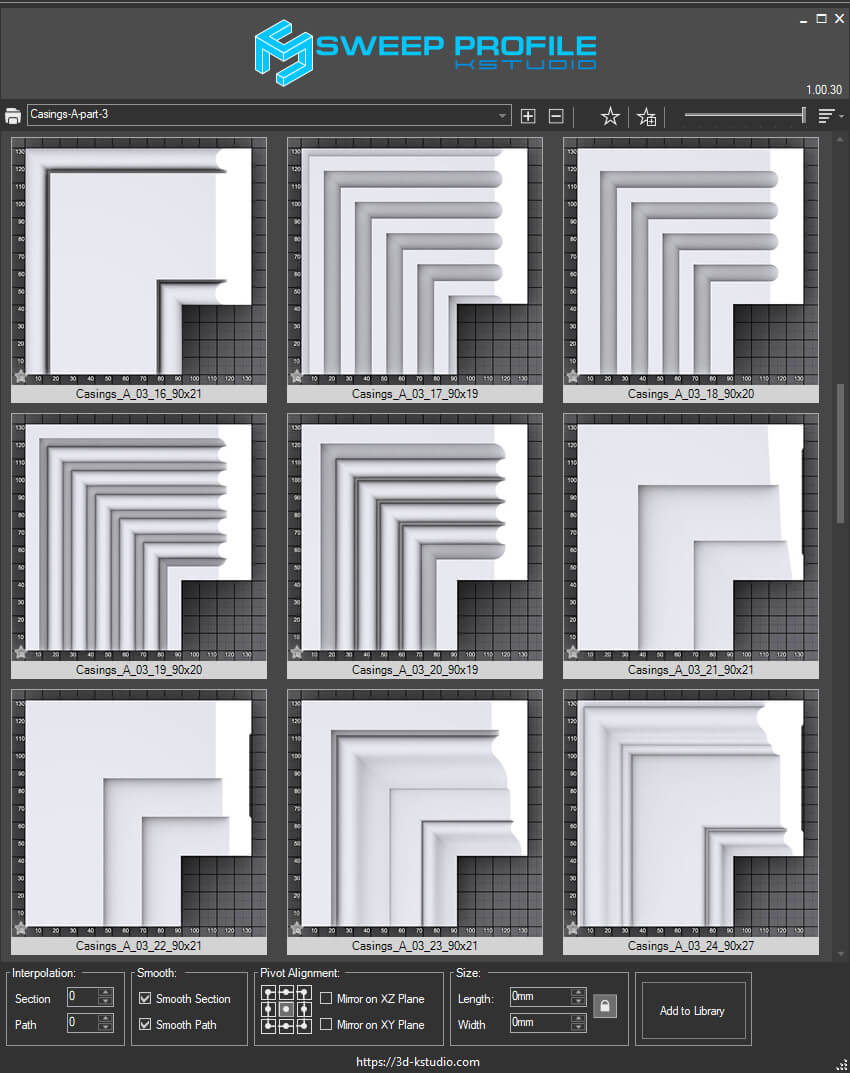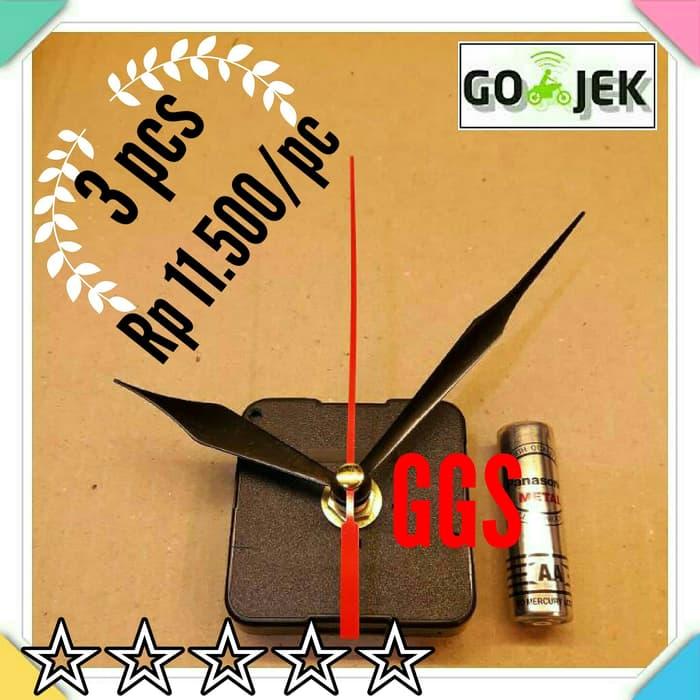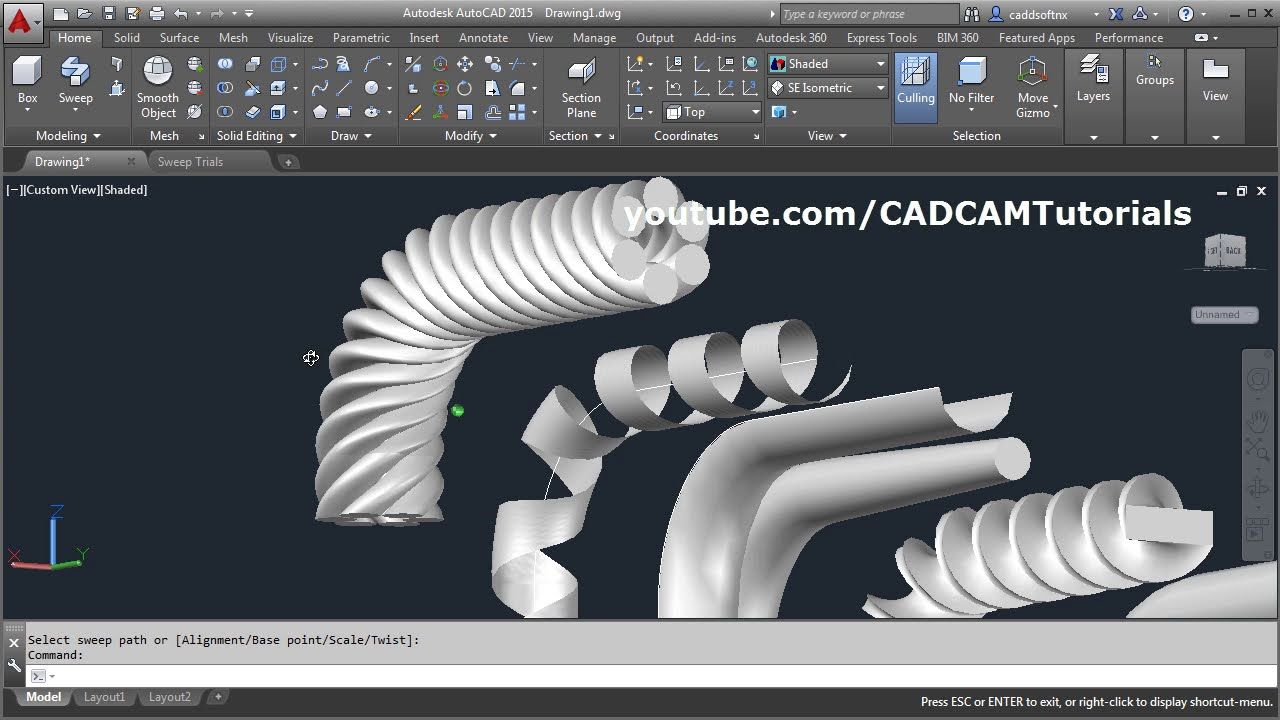

When the guide curve has been defined, select Finish Shape on the Sketch Fluent Ribbon Bar or on the Edit Cross-section dialog box in the Toolbar UI. Select Finish Shape on the Sketch Fluent Ribbon Bar or on the Edit Cross-section dialog box in the Toolbar UI to display the guide curve grid.Įdit the predefined path geometry, as desired. Use the 2D Technical Drawing tools to create the desired cross-section geometry that will define the resulting sweep shape. Use the Look At tool for a straight-on view of the grid. In the Fluent Ribbon Bar UI, the Ribbon UI will default to the Sketch Fluent Ribbon Bar to provide the necessary 2D Technical Drawing tools. When you close the Wizard, a drawing grid (and the Edit Cross-section dialog box in the Toolbar UI) is displayed.

Set the desired parameters on the four steps of options, including, if desired, selection of the Allow sweep along sharp corner option in Step 3. If the scene is empty, the grid will automatically be displayed in the XY plane orientation. Once the plane is placed, the Sweep Shape Wizard will be displayed. If geometry is present in the scene, select the Plane type and place the plane in the scene. Select the Sweep Wizard tool from the Feature Fluent Ribbon Bar, on the IntelliShape Creation toolbar, or from the Quick Access Property Browser. To use the Sweep Shape tool to create a custom IntelliShape: It can be a standalone part, added to an existing part, or be used to remove material from an existing part.
#3 sweep 3d series
A line, a series of lines, a B-spline curve, or an arc, can define the guide curve.Ī 3D sweep shape can be created from existing smoothly connected 3D curves and from selected edges that are smoothly connected. With the sweep method, the user defines a 2-D or 3-D guide curve, in addition to creating the cross-section.

With the extrusion and spinning methods, a custom 2D cross-section is moved along a pre-set path to create a 3D shape or surface. All rights reserved.You can also use the sweeping process to create a custom 3D shape or surface.
#3 sweep 3d serial
Good reproducibility in plaque and artery volume measurements makes this technique suitable for serial assessment of carotid plaques.ģD ultrasound Artery volume Carotid arteries Plaque volume Single sweep method.Ĭopyright © 2014 The Authors. The new automated single sweep 3D ultrasound is feasible in the majority of patients. The mean percentage difference was 6.4 ± 5.9%. Bland-Altman analysis demonstrated limits of agreement from -0.15 to +0.15 ml. Reproducibility of artery volume measurement was assessed in 31 cases. The mean percentage difference between two observers was 5.6% ± 6.0%. Bland-Altman analysis demonstrated good inter-observer reproducibility with limits of agreement -0.06 to +0.07 ml. Reproducibility of plaque volume measurements was assessed in 82 arteries. Of 137 arteries studied (from 79 patients), plaque and artery volumes could be measured in 106 (77%). Two independent observers performed all measurements.
#3 sweep 3d software
Analysis was performed offline with software provided by the manufacturer. Imaging was performed using a Philips iU 22 ultrasound system equipped with the single sweep volumetric transducer vL 13-5. The aims of this study were to evaluate the feasibility and reproducibility of the automated single sweep method in a cohort of patients undergoing clinically indicated carotid ultrasound.Ĭonsecutive patients with a history of stroke or transient ischemic attack (TIA) and having a plaque in the internal carotid artery (ICA) were recruited for this study. Recently an automated single sweep three-dimensional ultrasound (3D US) technique became available.

There is a need for non-invasive and accurate techniques for assessment of severity of atherosclerotic disease in the carotid arteries.


 0 kommentar(er)
0 kommentar(er)
